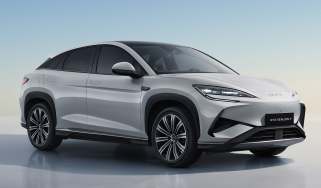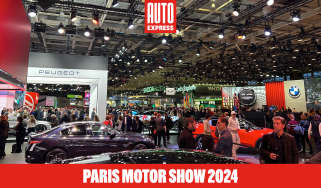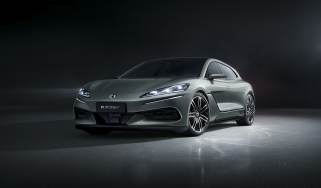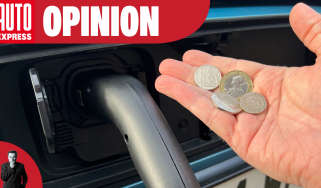Citroen HybridAir: more details
Citroen CEO reveals HybridAir cuts economy by 30 per cent, and other manufacturers could get the tech
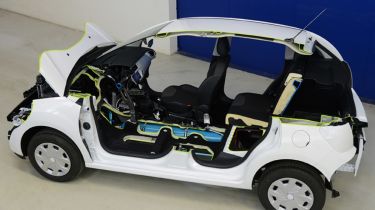
Peugeot and Citroen’s HybridAir technology is creeping towards production but it may need the backing of other manufacturers before the technology becomes feasible, according to Citroen CEO, Frederic Banzet.
The system works a lot like a petrol-electric hybrid but replaces the battery with a canister of compressed air – it’s cheaper, lighter and – according to Banzet – improves city fuel economy by 45 per cent, with overall economy up by 30 per cent over a traditional petrol engine.
Banzet said: “We are talking to other manufacturers, other OEMs because we need the volume for that for two reasons: we need to advertise the technology to customers and secondly to make sure that we are not the only ones with the right technology but too small to make it work – it could be like Betamax syndrome.”
Explaining what the system was like to drive, Banzet said: “In a city you have a long period where the engine is cut, so you have – not really a noise – but no noise. We have a very innovative gearbox and people were surprised because there was some disconnection between acceleration and the gears but the last car I drove the electronics are replicating a DCT.”
“The beauty of the system is that you have a big discharge of energy very quickly – the speed of charge and discharge is much quicker than electricity. You have immediate torque available,” continued Banzet.
The first HybridAir-powered car is expected to arrive in 2016, and it’s likely to be a Ford Fiesta-sized car like the next-generation Citroen C3. Peugeot will also share the technology, using it in models like the 208. The benefit of the tech is that it doesn’t need any expensive batteries to make it work so it should be significantly cheaper than rivals like the Toyota Yaris Hybrid.
